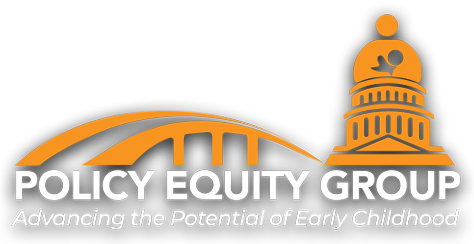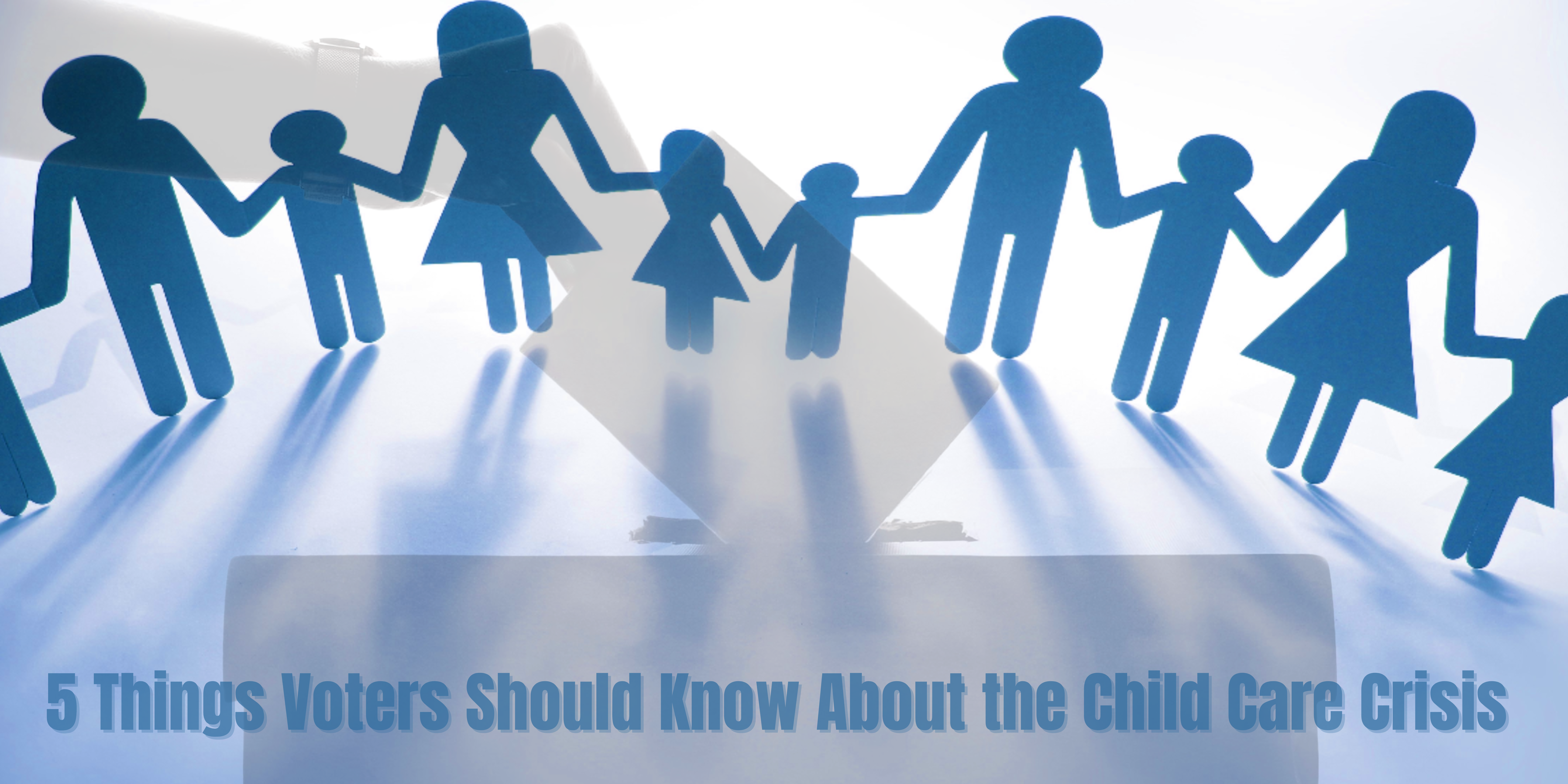Over and over federal policymakers have missed the mark on child care. This year, with the collapse of the Build Back Better Act, Congress squandered what was the best opportunity since 1990 to fundamentally reform our nation’s flawed child care system. Policymakers have been unable to respond to the changing labor force patterns of women with young children, the needs of the business community, or volumes of research on the positive impact of quality early childhood experiences on development and learning.
Now the country sits on the eve of the 2022 midterm elections with high-quality child care unaffordable to most families and nearly impossible to find even for those who can afford it. The capacity of the nation’s child care sector is operating significantly below pre-pandemic levels and continues to lose workers to higher-paying jobs elsewhere. This is hardly a record you would want to run a campaign on as an elected official.
Child care is referred to by experts as “early care and education” to reflect the dual role it plays in supporting working families and providing young children with educational experiences that put them on a path for success. It is a critical part of our nation’s infrastructure, providing an essential service to working parents with young children and fueling a large part of our nation’s economic activity.
As the election approaches, here are five things to keep top of mind about early care and education:
-
- Inadequate access to child care affects family income, business productivity, and tax revenue. When high-quality child care is not readily available, families miss work, and local and state economies are impacted. Employers feel this too, as they incur costs related to turnover and the onboarding of new staff. Nationally, 17.9 million work hours and $358.9 million are lost each week because families can’t find care and miss work.
- Lack of child care has a greater negative impact on women. Women are more often the individual in the household that must choose between caregiving or participating in personal career and economic independence. Labor force participation among women is at its lowest since 1987, and it is estimated that 1.2 million women still haven’t returned to work post-COVID largely because they are unable to find child care.
- The current supply of child care is expensive and does not meet the demand of America’s families, especially families in rural areas and those with infants and toddlers. Nationally, 31.7% of children ages five and under with dual working parents don’t have access to formal child care. When they are able to find care, the average family is paying somewhere between $1,000-$1,500 per month, a cost that requires over half of American families to spend 20% or more of their monthly income on child care. Far too often, families are forced to choose between paying for child care or staying in the workforce.
- The child care workforce is underpaid, under-recognized, and on the verge of collapse. The predominately female (95.6%) workforce has an average wage of $12, and child care workers are understandably leaving their jobs to find less stressful opportunities with higher wages. The workforce is 9.7% smaller than it was prior to the pandemic. Without investments that allow early childhood educators to receive a livable wage, the child care workforce won’t recover and families will continue to struggle to find care.
- The United States does not measure up globally in our investment toward young children and their families. Our country ranks almost at the bottom in child wellness compared to other advanced nations. Denmark spends $23,140 annually per child under five, while the U.S. invests around $1,500 per child annually during the first five years of life and then $12,800 per child annually until legal adulthood, still only half of what Denmark invests in their youngest children.
Inadequate access to child care impacts us all. Our economy, our families, our coworkers, and our children are dependent on and deserve a better early care and education system. Each week, news article after article is published about the “child care crisis”. It is time that we stop talking about the problem and begin to fix it. That requires public officials who understand and are willing to address the problem and its multilayerd, negative impact.
What are candidates in your state saying about the child care crisis and how they would correct it?


